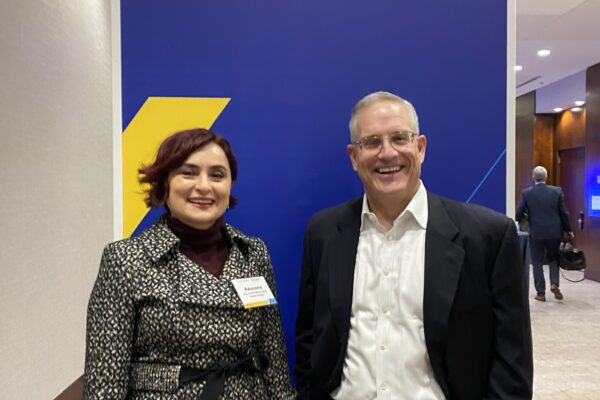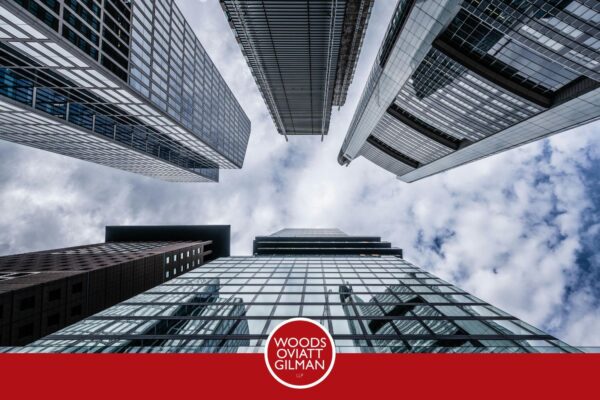4-1-22 As seen in the Daily Record -PPP loan forgiveness poses challenges-Limited guidance available
Bill Savino and Alex Ognenovski discuss the challenges of PPP Loan Forgiveness.
By: Bennett Loudon March 31, 2022
Businesses that suffered financially during the COVID-19 pandemic now face a new set of challenges as officials at government assistance programs attempt to recoup funding provided during the height of the health crisis and the resulting economic challenges.
When the pandemic forced the temporary shutdown of non-essential businesses, Congress created the Payroll Protection Program, which provided loans to companies to help pay workers for a limited time and hopefully avoid permanent closures.
Now that the worst of the pandemic has passed and businesses receiving the loans have reopened, the federal Small Business Administration wants loan recipients to start paying on the loans; but many loan recipients may qualify for loan forgiveness. And legal experts say the procedure can be daunting without the help of professional assistance.
In general, PPP loans are eligible for forgiveness if employee and compensation levels were maintained and at least 60% of the loan proceeds were spent on payroll and other eligible expenses.
Loan recipients seeking forgiveness should first apply through their lender. If necessary, a denial can be appealed to the Small Business Administration. The final venue for appeals is the SBA’s Office of Hearings and Appeals (OHA).
William F. Savino, a partner at Woods Oviatt Gilman LLP who is also former OHA attorney, is working with Woods Oviatt associate Alexander K. Ognenovski II to help clients navigate the system and apply for loan forgiveness.
“A lot of people think that just because you were approved for the loan that means that you will just be able to qualify for forgiveness and they are two completely separate ideologies,” Ognenovski said.
In one case, SBA officials made a mistake evaluating a forbearance agreement for a non-PPP SBA-backed loan and denied forgiveness for a subsequent PPP loan.
“Alex and I were able to convince the Office of Hearings and Appeals that … because no money was lost on the loans this did not fall within the prohibition on forgiveness,” Savino said.
That case took about three months to resolve, but Savino and Ognenovski say the procedure for seeking loan forgiveness is working fairly smoothly, under the circumstances.
“I think that, because of the sheer number of PPP loans … the most efficient bureaucracy in the world would still choke on the quantity of decisions to be made,” Savino said.
“It’s simply overwhelming, and as far as I can see, each of the denials for forgiveness had at least some rationale. There was at least some argument for the government. None of them were just something where the government randomly denied forgiveness without having some argument,” he said.
Still, they recommend using an attorney to help with the process.
“What makes everything that much more difficult is that we are working with temporary/interim regulations,” Savino said.
“Many of the regulations have not gone final. They’re constantly changing. You have to drill down just to make sure the interim regulation hasn’t changed while you’re preparing your papers,” he said.
The process also is difficult because there is such little history available for guidance.
“Normally, when you litigate, you always look to case law; you always look to statutes, or at least some sort of administrative record of some kind. There’s really not a lot there,” Ognenovski said.
BLoudon@BridgeTowerMedia.com / (585) 232-2035


